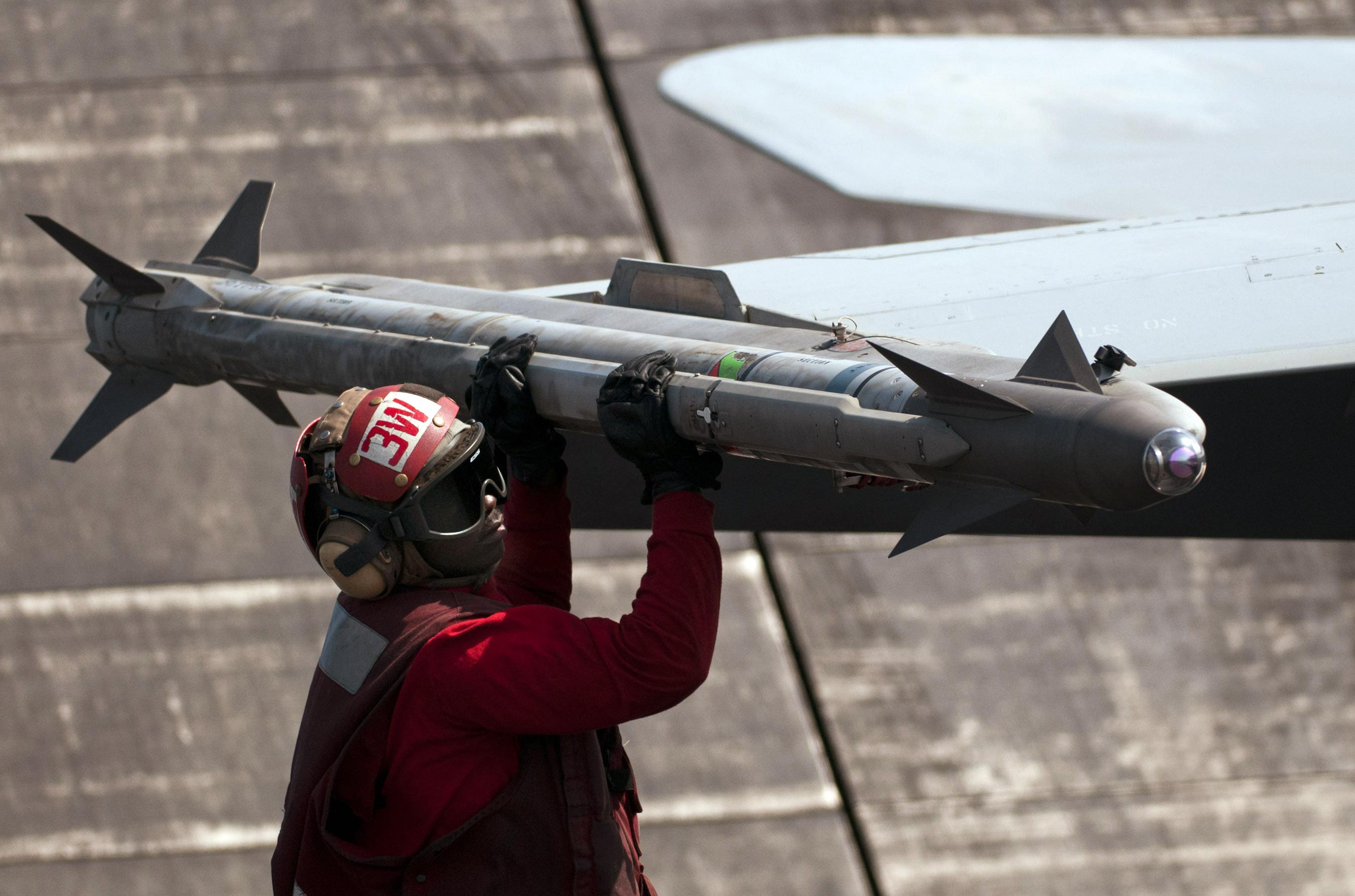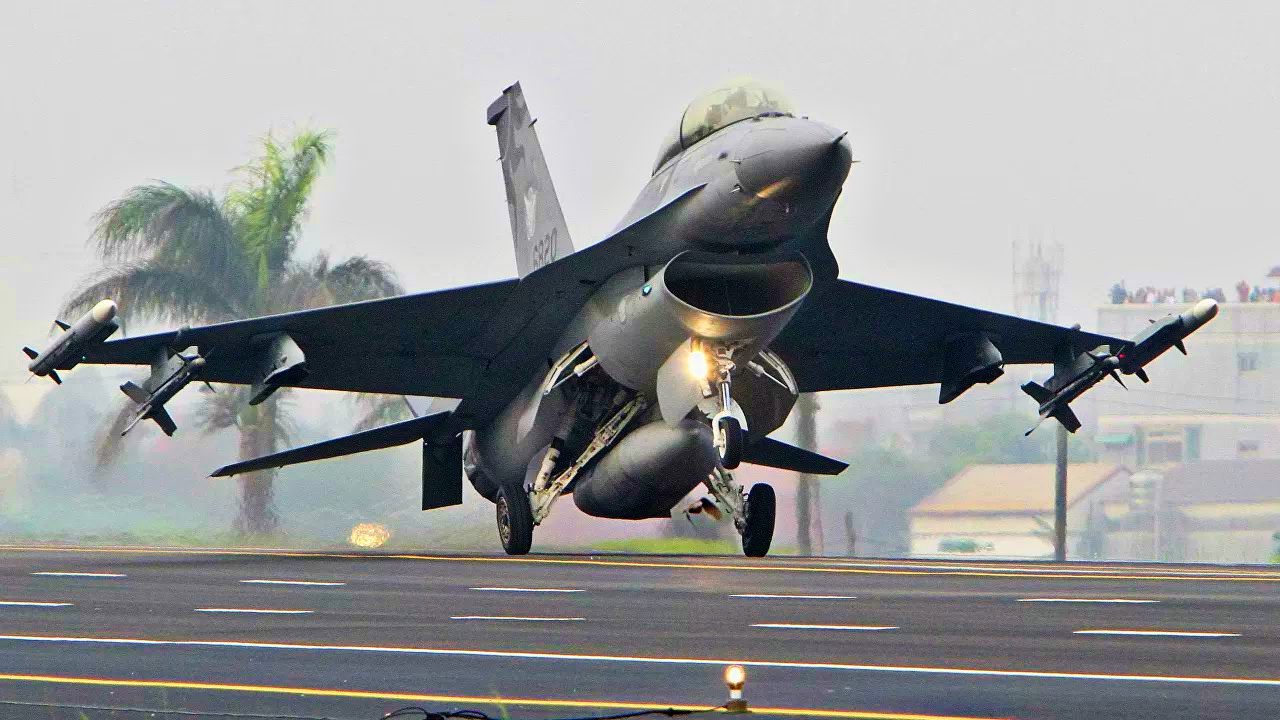The US has confirmed military aid for Taiwan worth $1.1 billion almost a month after several Chinese Dongfeng missiles flew over Taiwan triggered by US House Speaker Nancy Pelosi’s visit to the self-governing island.
The US State Department has approved Taiwan’s requests to purchase AIM-9X Block II Sidewinder missiles, AGM-84L-1 Harpoon Block II missiles, and contract logistics assistance for the Surveillance Radar Program under three foreign military sales agreements to the tune of more than a billion dollars.
As part of Taiwan’s porcupine policy intended to discourage China from blockading or invading the island, the US is arming the self-governing island with powerful defensive weapons in case Beijing attacks.
The Defense Security Cooperation Agency earlier reported that Taiwan’s economic and cultural representative office requested to purchase 60 AGM-84L-1 Harpoon Block II missiles, Harpoon guidance control units, radar seekers, containers, personnel training, and technical assistance under a potential $355 million Foreign Military Sales (FMS) contract.
A spokesperson for the State Department, which approved the sale, said the package was “essential for Taiwan’s security. We urge Beijing to cease its military, diplomatic and economic pressure against Taiwan and instead engage in meaningful dialogue with Taiwan,” the spokesperson said.
In a predictable response, China slammed the equipment sale to Taiwan, a move that it considers provocative.
“China is firmly opposed to this,” Chinese Embassy spokesperson Liu Pengyu said on Friday when asked about the arms package, which includes anti-ship and air-to-air missiles. “China will resolutely take legitimate and necessary counter-measures in light of the development of the situation.”
The approval for the massive aid came just days after the Chinese missile designers boasted that China’s current generation of missiles was leading the world and promised that the next generation of missiles would enjoy absolute superiority over their foreign counterparts, state-owned Global Times reported.

Ren Hongguang, the chief designer at the Aviation Industry Corporation of China (AVIC) Air-to-Air Missile Institute, stated that China had created air-to-air missiles such as the PL-15 and PL-10 equal to the AIM-120 and AIM-9X of the US and the R-77 and R-73 of Russia.
The comments are significant as the US aid to Taiwan includes the lethal AIM-9X sidewinder air-to-air missiles and the Harpoons anti-ship missiles. The State Department decided to approve the sale of Block II Sidewinder Missiles and related equipment at an estimated cost of $85.6 million, according to DCSA.
Sidewinder Air-To-Air Missiles For Taiwan
Sidewinders are air-to-air missiles developed by Raytheon with the ability to lock on to targets after launch. Taipei Economic and Cultural Representative Office in the United States (TECRO) requested to buy 100 missiles and related equipment.
The Raytheon AIM-9X is a member of the AIM-9 Sidewinder family of air-to-air infrared missiles that was primarily created for the US Air Force and the US Navy. In May 2019, the National Advanced Surface-to-Air Missile System (NASAMS) launched the first AIM-9X Block II missile, which is now being transferred to Taiwan.
The AIM-9X is equipped with a conventional WDU-17/B blast fragmentation warhead and the Orbital ATK Mk 139 Sidewinder single-thrust propulsion system.
The AIM-9X Block II missile includes a lock-on-after-launch capability and a one-way forward quarter data link capability compared to the Block I variant. The data link enables it to engage upon targets even beyond the visual range. Full Rate Production (FRP) for the Block II missile began in August 2015.

AIM-9X features a vector-controlled, nimble thrust airframe. It incorporates the rocket motor, warhead, and fuse from the AIM-9M and a high-performance staring focal plane array sensor. The missile’s digital design architecture is flexible enough to accommodate future requirements.
The AIM-9X is a mid-wave Infrared Focal Plane Array (FPA) seeker-equipped system-guided missile. The seeker’s High Off-Boresight (HOBS) allows for a broader assault envelope when used with a helmet-mounted sight.

It employs passive infrared (IR) energy to locate and track targets. Following the launch, the seeker follows the heat signature of the enemy aircraft’s engines.
While the Sidewinders would soon be on their way to Taiwan, some of China’s advanced fighter jets, like the J-20 stealth fighter jet and the J-16 multirole fighter jet, are equipped with cutting-edge and competitive PL-15 and PL-10 missiles. The Global Times report mentioned the Sidewinder sale as ‘provocative.’
The Taiwanese Air Force currently operates the F-16 Viper aircraft, also acquired from the United States, which will be likely equipped with the AIM-9X Block II Sidewinder air-to-air missile to take on the mammoth enemy across the Taiwan Strait.
- Contact the author at sakshi.tiwari9555@gmail.com
- Follow EurAsian Times on Google News




